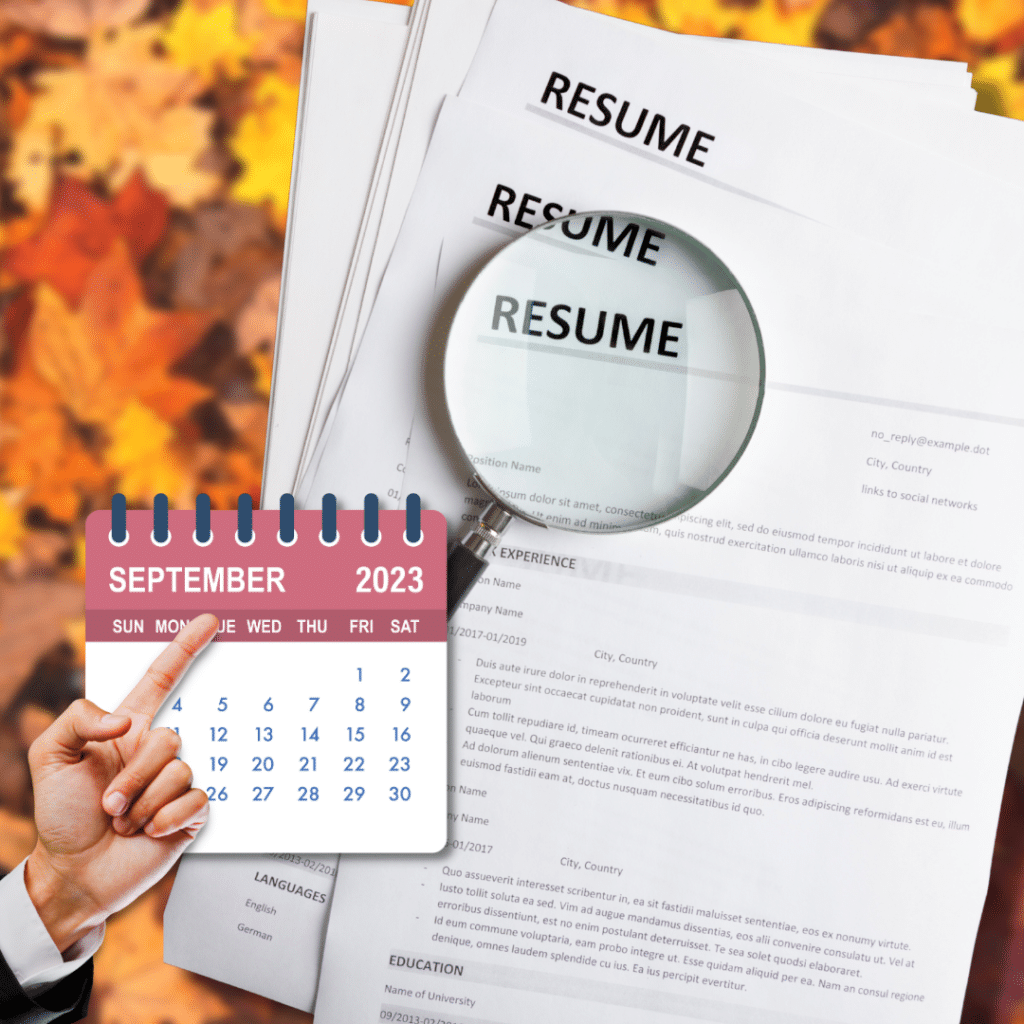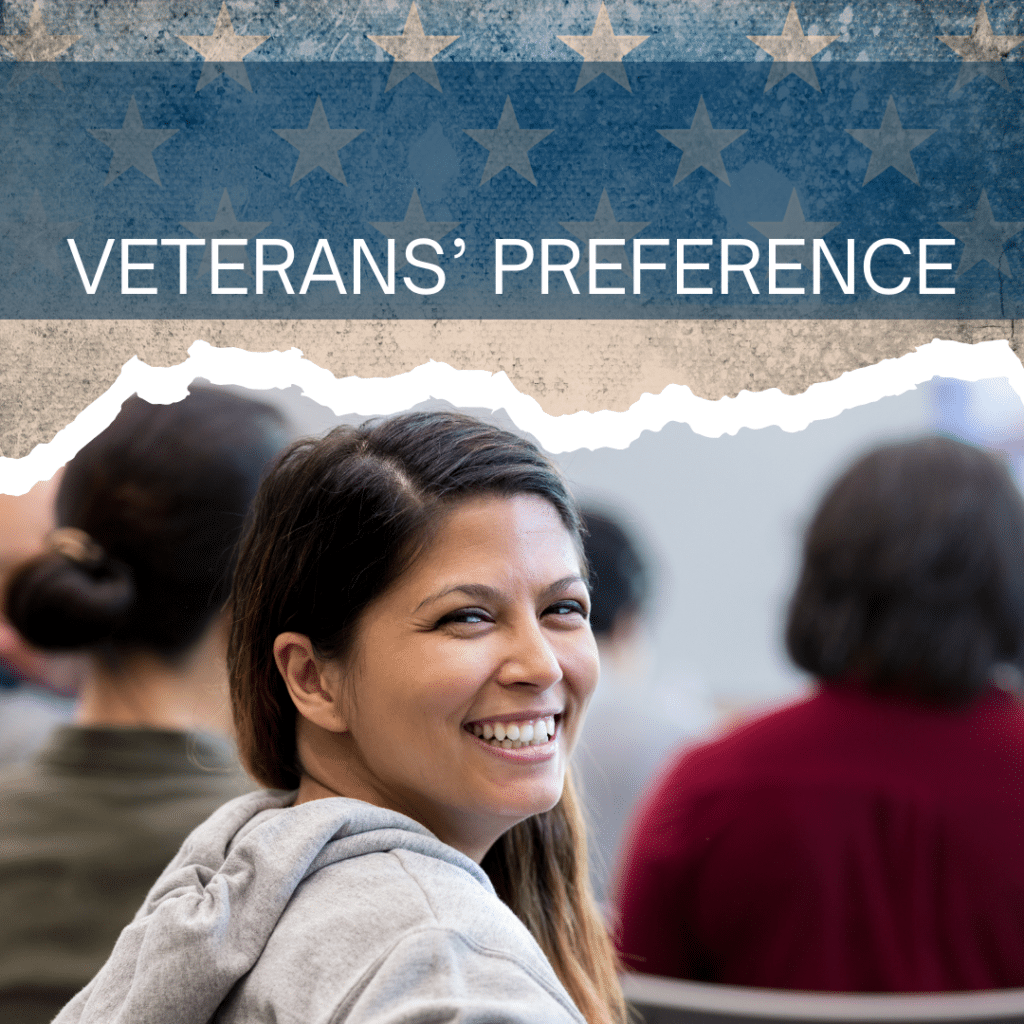No one wants to receive a poor performance review. But how you respond is important. While you can respond in writing or file a grievance (if you work for the federal government), you may want to consider having a conversation with your boss first. Here is a potential script you can use:
Preparation:
Before approaching your supervisor, you’ll want to prepare. First, take some time and decide what you want to do. Reflect on whether the review was unfair or incorrect, whether it was the first time you received such a review, and whether you are clear on what is expected.
- If you believe the review was inaccurate, do you have documentation to back up your assertion?
- If you believe that expectations were not clear, you’ll want to be sure you understand your performance standards.
- The goal is to assess your performance to get you “back on track.”
Make the Ask:
[Boss name], I’ve been thinking a lot since my review last week, and I’d like to sit down with you to discuss specific aspects of my performance review now that I’ve had a chance to reflect on it.
How It Might Sound:
You: [Boss name], I was kind of shocked by your rating of my performance in last week’s review. Now that I’ve had a chance to think about it some more, I’d like to meet with you to discuss some specific aspects of it. Could we set up a time in the next week to do that?
In the Meeting Itself:
Again, be prepared for the meeting. Make sure you review your performance expectations and you personal documentation of your performance. Plan out what you want to say. Be open-minded; the goal is not to win an argument but to better understand expectations and what you might need to do to meet them.
How It Might Sound:
You: I was pretty defensive in the meeting because I thought I’d been doing a great job. But after looking more closely at the review, I can see there are some things that I need to work on. So that I can improve my performance, I’d like to meet with you monthly — or quarterly at least — so that I can improve my performance for next year’s review. Is that possible?
Boss: We could definitely do check-in meetings at least every other month to make sure you’re on track. But I’ve been pretty clear about our expectations for the areas that you were scored low on, so I’m curious as to the changes you’re going to be making to improve in those areas.
You: Yes, that’s one of the things that I want to talk about in our meetings. While I agree that there are expectations laid out for customer service interactions, for example, there are some things that are ambiguous, and also, you hadn’t said anything to me before about needing to document follow-up interactions, so I was surprised to see that noted on the review. I’m committed to improving my performance, but I want to make sure I’m on the right track.
Boss: Well, I’m happy to discuss some of the specifics, and to clarify anything that you feel is ambiguous. While it’s always been in the customer service guidelines to document follow-up interactions, this is a point of emphasis for management this year, so that’s why it’s noted in the review. But that’s the kind of thing that we can work on throughout the year so it’s not a surprise for you on the annual review. You’re a valued employee, and I am happy to work with you on these issues.
Obviously, not all interactions will be positive but as an employee, you want to do your best to have a win-win outcome.






